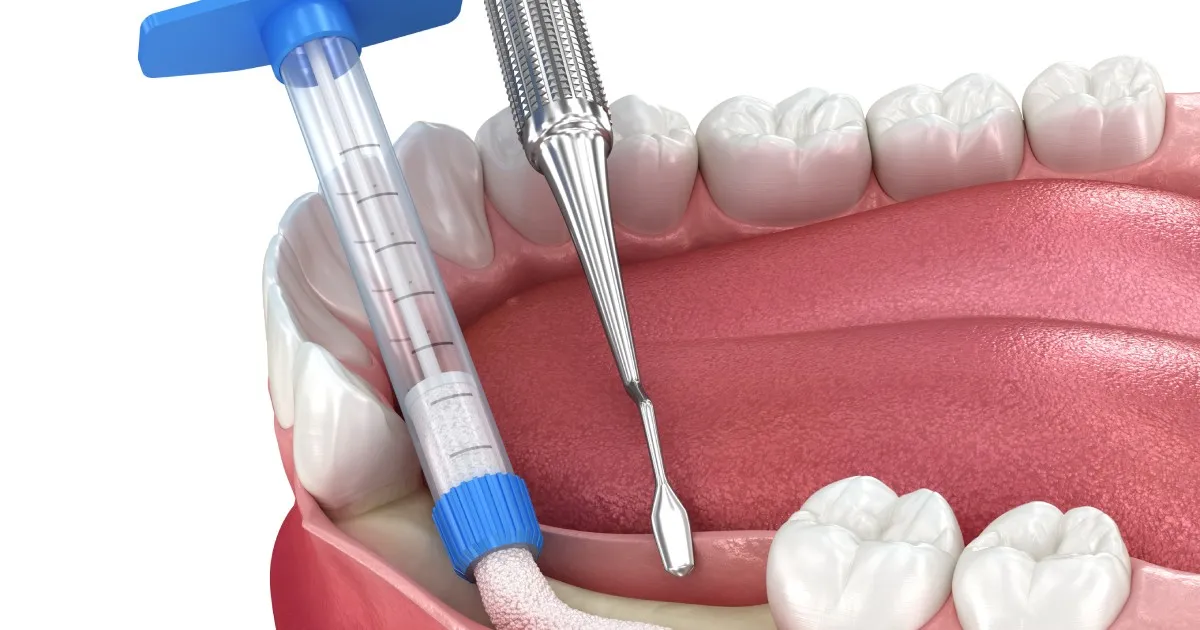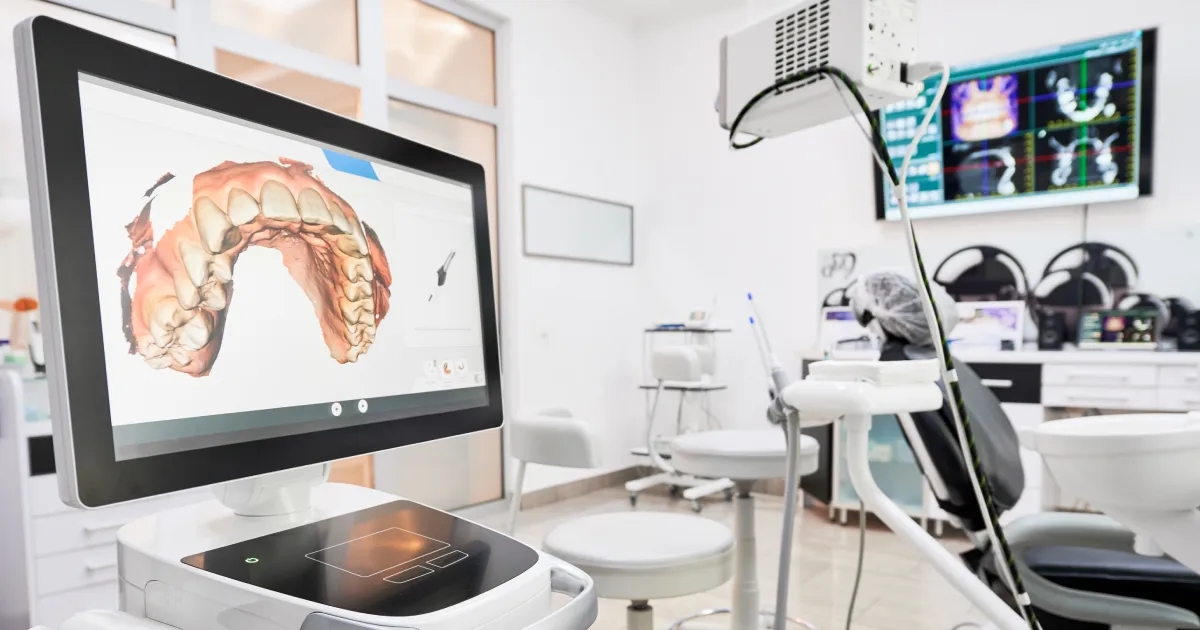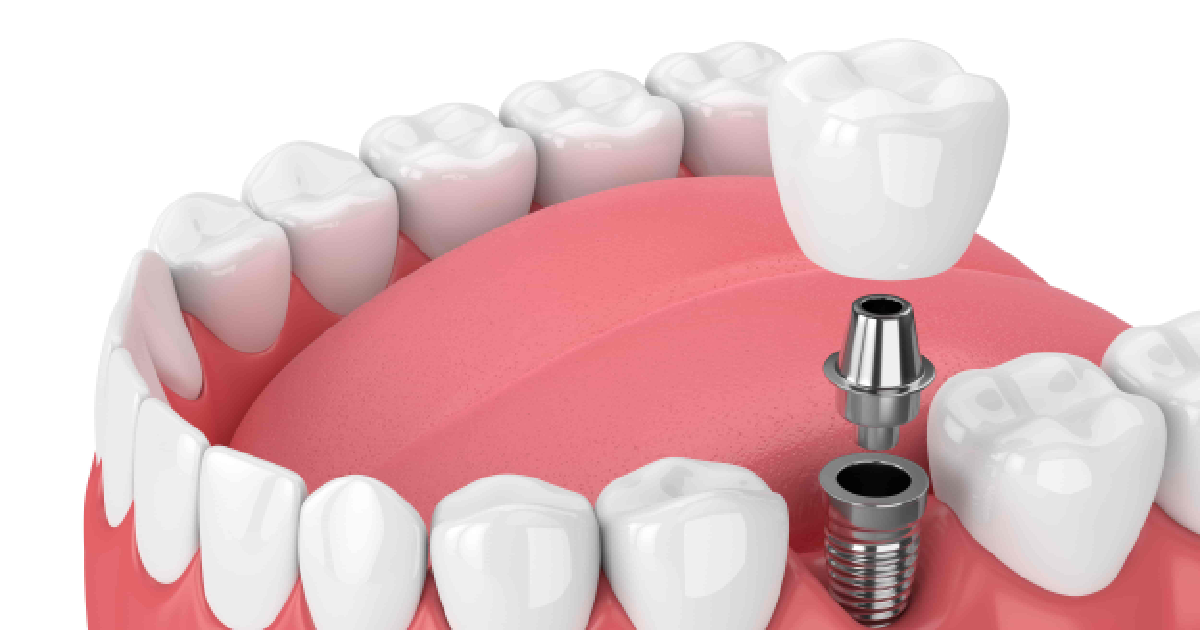Table of Contents
Getting dental implants is a big step toward restoring your smile—but it’s not always as simple as placing the implant. For many patients, bone grafting becomes a necessary part of the process. If your jawbone isn’t dense or strong enough to support an implant, it could lead to complications down the road.
That’s where bone grafting comes in. At Solomon Family Dentistry, serving Summerville and Mount Pleasant, bone grafts are often used to rebuild and strengthen the jaw to ensure long-term success with implants and other restorative procedures. Let’s explore why bone grafting might be necessary before dental implants and how it helps build the strong foundation your smile needs.
The Foundation Your Implants Need to Succeed
Dental implants work by integrating with your jawbone through a process called osseointegration. This biological process requires sufficient bone density and volume to create a stable foundation for the implant. When you lose a tooth, the bone that once supported it begins to deteriorate because it no longer receives the stimulation from chewing and biting forces.
This bone loss happens gradually, so you might not notice it initially. However, within the first year after tooth loss, you can lose up to 25% of the bone width in that area. The deterioration continues over time, creating a situation where there isn’t enough healthy bone to support an implant successfully.
Bone grafting for dental implants addresses this problem by rebuilding the lost bone structure. The procedure involves placing bone material in the area where bone loss has occurred, providing a scaffold for your body to grow new bone. This process creates the solid foundation necessary for implant placement and long-term success.
How Bone Grafting Sets You Up for Implant Success
Let’s take a closer look at the benefits of bone grafting and how it supports overall dental health:
- Improved Dental Implant Success: Bone grafting increases the chance of successful implant integration by creating a stable foundation.
- Prevents Facial Collapse: When jawbone loss is significant, it can alter the shape of your face. Grafting helps preserve facial structure.
- Supports Oral Function: A healthy jawbone helps you chew and speak comfortably, which becomes easier with proper bone volume.
- Treats Gum Disease-Related Bone Loss: A periodontal bone graft may be utilized to regrow bone that severe periodontitis has caused you to lose.
- Reduces the Need for Future Surgeries: Addressing bone loss early helps minimize long-term complications.
Who Needs Bone Grafting?
You might be a candidate for bone grafting for dental implants if:
- You’ve been missing a tooth for a long time, and bone has deteriorated
- You’re planning to get dental implants or dentures
- You have moderate to severe gum disease
- You’ve had a tooth extraction and your dentist recommends grafting to preserve the socket
Bone loss doesn’t always show symptoms. Often, it’s discovered through routine imaging or exams. If you’re unsure, your provider can determine whether a graft is needed through X-rays and an oral health evaluation.
What Are the Different Types of Bone Grafts?
Not all bone grafts are the same, especially when it comes to bone grafting in oral surgery. The ideal selection depends on your particular dental circumstances and health considerations. Here are the standard types of bone grafts frequently employed in these procedures:
- Autogenous Grafts: Bone is taken from your own body—often from the chin or hip—and grafted into the jaw.
- Allogenic Grafts: Processed human donor bone that is thoroughly cleaned and sterilized.
- Xenogenic Grafts: Bone sourced from animals (typically cows or pigs), used for its compatibility and availability.
- Synthetic Grafts: Man-made materials that mimic bone, though they are less commonly used due to lower success in regenerating real bone.
Each material has pros and cons. Your dental professional will suggest the best approach for your specific situation.
What to Expect During the Bone Grafting Procedure
At Solomon Family Dentistry, every bone grafting procedure is strategically planned and personalized for your specific situation.
Before the Procedure
- You’ll undergo a full consultation and digital 3D X-rays to assess the condition of your jaw.
- Your dentist will discuss your options and develop a treatment plan.
Day of Surgery
- You’ll be given local anesthesia, sedation, or general anesthesia for comfort.
- A small incision is made in the gum to expose the area.
- The grafting material is placed, and in some cases, covered with a membrane for stability.
- The incision is then sutured, and recovery begins.
Recovery and Results
- Minor swelling or soreness is common but manageable with over-the-counter medication.
- The healing process, or osseointegration, takes several months. This is when your body fuses with the graft material, creating new bone.
- Once healed, you’re ready for your dental implant or restorative treatment.
Common Questions About Bone Grafting
Is bone grafting painful?
The procedure is done with anesthesia, ensuring you remain comfortable and pain-free throughout the process. Mild soreness afterward is expected but manageable.
How long does a bone graft take to heal?
Most people recover completely within 4–6 months, with the timeline influenced by the graft size and each person’s unique healing factors.
Can I skip the bone graft and still get implants?
Skipping a bone graft for implants when one is needed can compromise implant stability. Your dental professional will evaluate if the existing bone has sufficient strength to handle the procedure independently.
Bone Grafting Isn’t Just About Implants
While many associate bone grafting with implants, it also plays a role in:
- Preparing for dentures: Grafts can improve fit and comfort.
- Tooth extractions: A bone graft for tooth extraction preserves bone structure in the socket.
- Treating advanced gum disease: A periodontal bone graft can help save remaining teeth.
Contact us at Solomon Family Dentistry to schedule your personalized consultation and learn more about whether bone grafting for implants is right for you. Let’s help you take the next step with confidence.
Ready to Restore Your Smile?
A strong smile starts with a strong foundation. Whether you’re missing teeth or planning for implants, bone grafting ensures that your jaw is prepared for long-term success. With expert care and a customized approach, you can look forward to a healthier, more functional smile. At Solomon Family Dentistry, we provide expert bone grafting in Summerville & Mount Pleasant to support healthy, lasting results.
Restore your smile today—explore your options with a team you can trust.





